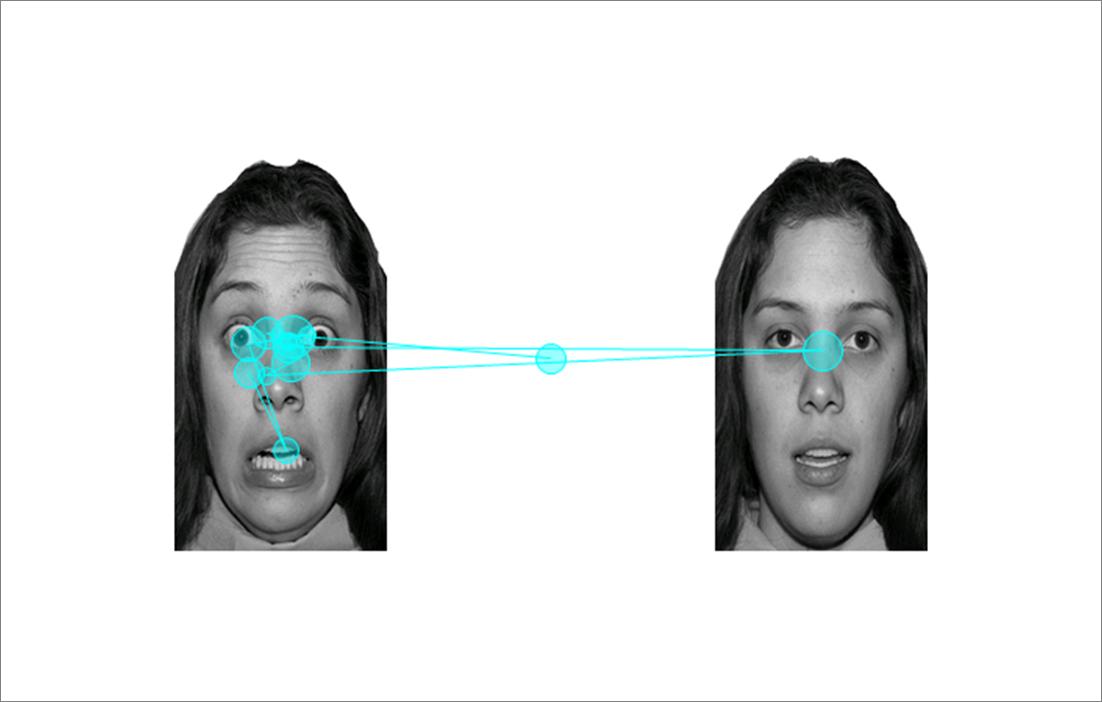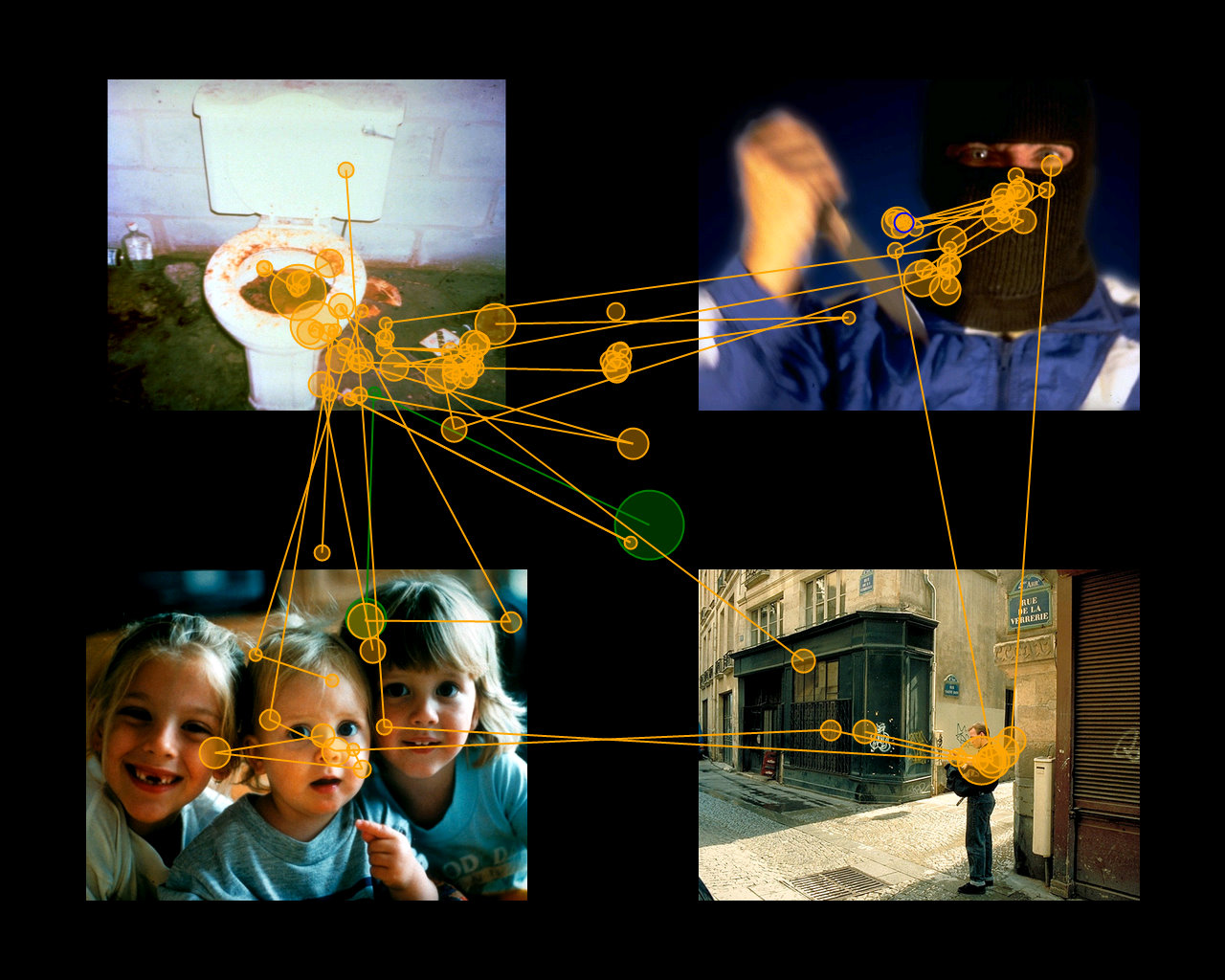Tom Armstrong
Education and Training
Fall 2007 to present-- graduate student, Clinical Science Ph.D. program, Vanderbilt University
August 2009 -- M.A. Vanderbilt University, Psychology
August 2005 -- B.A. Lewis & Clark College, Psychology, Magna Cum Laude, Phi Beta Kappa.
Awards & Honors
2009 Elsie Ramos Memorial Student Research Award (ABCT)
2010 Ruth L. Kirschstein National Research Service Award (NIMH)
Professional Affiliations and Memberships
Association for Behavioral and Cognitive Therapy
Assocation for Psychological Science
Ad hoc reviewer for Behaviour Research and Therapy, Emotion, Journal of Research in Personality, Motivation and Emotion
Biographical Sketch
In the Behavioral, Health, and Social Psychology Lab (BHS) at Lewis & Clark College, Tom's undergraduate research focused on the structure of affect, and the emotional modulation of attention. He then spent a year working in Dr. Melissa Ferguson's Implicit Social Cognition lab at Cornell University. After a summer primatology field assistantship in Costa Rica, he returned to Cornell to work in Dr. David Pizarro's Emotion and Moral Judgment lab. During his time in Ithaca, Tom also worked as a rehabilitation counselor for individuals with Axis-I diagnoses in a transitional community residence.
Research
As a graduate student in the E.A.R.L. lab, Tom investigates the emotional modulation of attention in anxiety disorders. His research aims to delineate the affective and attentional processes that interact to produce "attentional biases," with the ultimate goal of understanding how such biases contribute to the etiology and maintenance of anxiety disorders. Tom pursues these goals through a research program consisting of 1) novel Pavlovian conditioning paradigms that help clarify the contributions of fear and disgust learning to attentional biases; 2) eye tracking methodology that parses components of visual attention; and 3) attention retraining procedures that allow insight into causal relations between attentional processes and symptoms of anxiety disorders.
Scan paths from our eye tracking research.
 
Publications
Armstrong, T., Sarawgi, S, & Olatunji, B. O. (in press). Attentional bias in contamination fear: Overt components and behavioral correlates. Journal of Abnormal Psychology.
Armstrong, T., Tomarken, A.J., & Olatunji, B.O. (in press). The moderating effects of contamination sensitivity on state affect and information-processing: Examination of disgust specificity. Cognition & Emotion.
Armstrong, T., Zald, D. H., & Olatunji, B.O. (2011) Attentional control in OCD and GAD: Specificity and associations with core cognitive symptoms. Behaviour Research and Therapy, 49, 756-762.
Armstrong, T., Olatunji, B. O., Sarawgi, S. & Simmons, C. (2010). Orienting and maintenance of gaze in contamination-based OCD: Biases for disgust and fear cues. Behaviour Research and Therapy, 48, 402-408.
Armstrong, T., & Olatunji, B. O. (2010). PTSD in the media: A critical analysis of the portrayal of controversial issues. Scientific Review of Mental Health Practice, 7, 55-60.
Olatunji, B. O., Sawchuk, C., Moretz, M., David, B., Armstrong, T., & Ciesielski, B. (2010). Factor structure and psychometric properties of the Injection Phobia Scale-Anxiety. Psychological Assessment, 22, 167-179.
Armstrong, T., & Olatunji, B. O. (2009). What they see is what you get: Eye tracking of attention in the anxiety disorders. Psychological Science Agenda, 23.
Armstrong, T., David, B., Divack, M., Simmons, C., Benning, S. D. & Olatunji, B. O. (2009). Impact of Experienced Disgust on Information-Processing Biases in Contamination-Based OCD: An Analogue Study. International Journal for Cognitive Therapy, 2, 37-52.
Olatunji, B.O. & Armstrong, T. (2009). Contamination fear and effects of disgust on distress in a public restroom. Emotion, 9, 592-597.
Olatunji, B. O., Wolitzky-Taylor, K. B., Ciesielski, B., Armstrong, T., Etzel, E. & David, B.(2009). Fear and disgust processing during repeated exposure to threat-relevant stimuli in spider phobia. Behaviour Research and Therapy, 47, 671-679.
Olatunji, B. O., Wolitzky-Taylor, K. B., Willems, J., Lohr, J. M., & Armstrong, T. (2009). Differential habituation of fear and disgust during exposure to threat-relevant stimuli in contamination-based OCD: An analogue study. Journal of Anxiety Disorders, 23, 118-123.
David, B., Olatunji, B. O., Armstrong, T., Ciesielski, B., Bondy, C., & Broman-Fulks, J. (2009). Incremental specificity of disgust sensitivity in the prediction of obsessive compulsive disorder symptoms: Cross-sectional and prospective approaches. Journal of Behavior Therapy and Experimental Psychiatry, 40, 533.
Olatunji, B. O., Unkoka, Z., Beran, E., David, B., & Armstrong, T. (2009). Disgust sensitivity and psychopathological symptoms: Distinctions from harm avoidance. Journal of Psychopathology and Behavioral Assessment ,31, 137-142.
Olatunji, B. O., Wolitzky-Taylor. K., Elwood, L., Connolly, K., Gonzales, B., & Armstrong, T. (2009). Anxiety sensitivity and health anxiety in a nonclinical sample: Specificity and prospective relations with clinical stress. Cognitive Therapy and Research, 33, 416-424.
Armstrong, T. & Detweiler-Bedell, B. (2008). Beauty as an emotion: The exhilarating prospect of mastering a challenging world. Review of General Psychology, 12, 305-329.
Manuscripts in preparation
Armstrong, T., & Olatunji, B. O. Eye tracking studies of attentional biases in anxiety disorders: An empirical and methodological review.
This page was last updated on October 4, 2010
| | |